Hongjian
Posts: 834
Joined: 1/2/2015
Status: offline

|
http://www.eastpendulum.com/df-26-le-missile-balistique-antinavire-a-tres-longue-portee-se-devoile-enfin
Henri.K about the DF-26, whose warhead/RV has been revealed recently.
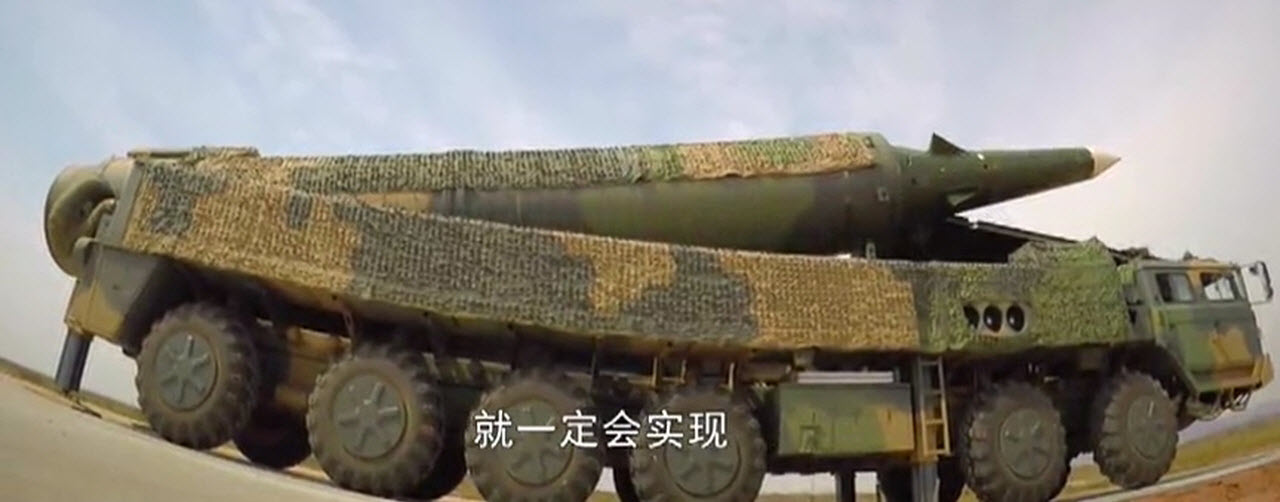
And yeah, even though people might cry "Copy of the Pershing-II!!!1" now, there really isnt any better design to achieve the mission requirements eg. the angle-of-attack at Mach 8 and beyond than the sphere-biconic-with-flaps configuaration, as Henri points out with the Chinese research paper that was recently disclosed.
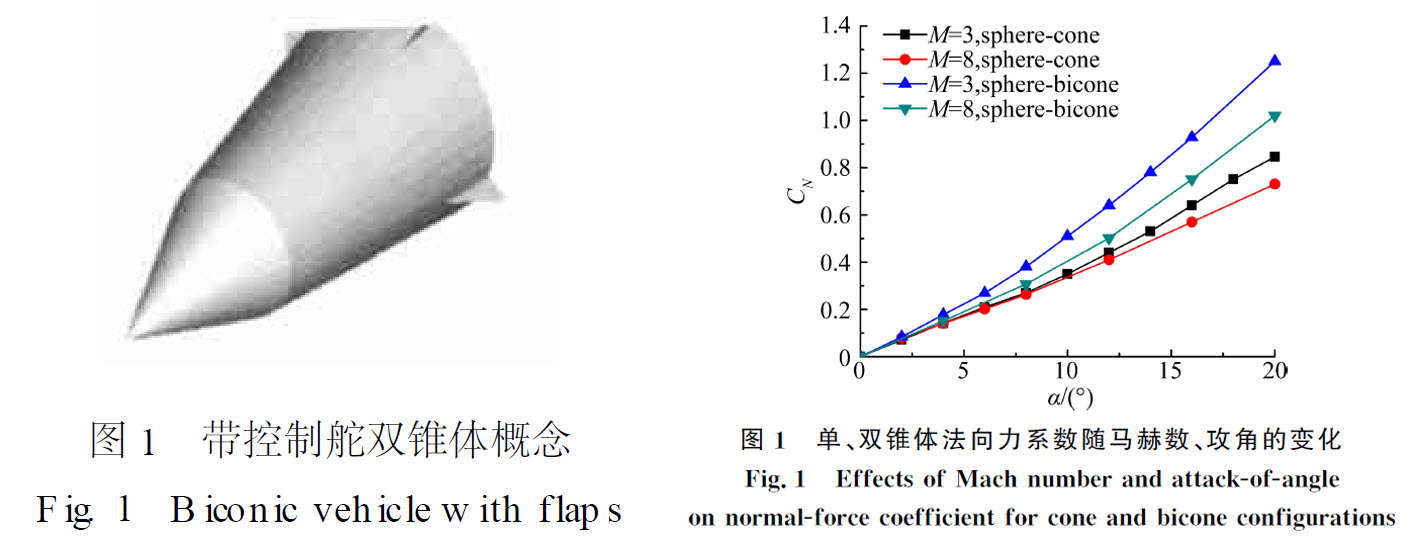

surprisingly good google translate, pointing out the requirements for the RV and its capability of reaching up to Mach 11 at terminal stage (and Mach 14 immediately after boost phase):
quote:
So why this "physical resemblance"?
Have the engineers of the two Chinese missile groups, CASC and CASIC, "copied" again as the media try to repeat it - for lack of technical arguments and probably to remain "politically correct" and to please the Public hearings - or are there many special reasons because the physical laws are expressed in the same way for everyone living under the same sky?
The research paper " Design for aerodynamic configuration of a hypersonic axisymmetric maneuverable reentry vehicle ", written by the chief engineer of the DF-26 program, ZHU Guang Sheng (朱广生), which belongs to the CALT Institute, Be given some explanation on the choice of this technical configuration.
ZHU first outlined the needs of its study for a maneuverable atmospheric reentry vehicle, which must perform large mid- and high-altitude maneuvers, rapid low-level trajectory changes, and controllable adjustments in position and speed during Of the terminal approach phase.
For this, the machine must have the following characteristics:
Relatively large lift and high aerodynamic fineness
A small margin of static stability
Effective control of aerodynamic control surfaces
A sufficient internal working volume
Low load torque
A controllable descent speed
A ballistic missile with an optimum trajectory of 4,000 km reaches a speed of more than 5 km / s after its propelled phase, and nearly 3.8 km / s, a little more than Mach 11 at the apogee Of its course. The lift of such a hypersonic gear, at the time of its atmospheric re-entry, comes mainly from its body, and the aerodynamic fineness of its form. The control surfaces only serve to control. Thus, the aerodynamic shape of the atmospheric re-entry head must meet the needs of a large normal force and low axial force.
In order for the various sensors of the head to operate optimally, in particular in the case of an ASBM which combines the information coming from multiple sensors in order to be able to locate, identify and acquire its target, it requires that the descent speed be controllable. And the best way to regulate this velocity is by conical motion, that is, the velocity vector of the head rotates about its symmetrical axis.
And the form that meet all these criteria for such a head is precisely biconical. But the precise dimensions of this bi-cone so that the flight is optimum vary according to the speed of the craft, the mass, the barycentre and a set of parameters.
So, Henri.K and the research paper is implying that the DF-26 ASBM is a faster missile than the DF-21D ASBM is, due to the longer range and more propellant that can be used to increase speed of up to 5km/s (Mach 14) during boost-phase. Terminal velocity after reentry would be 3.8km/s (Mach 11), which would be expected for an IRBM, actually.
Also, he estimates that the range is 4000km and there are at least 4 Brigades deployed today.

< Message edited by Hongjian -- 3/12/2017 4:01:31 PM >
|
 Printable Version
Printable Version










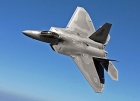


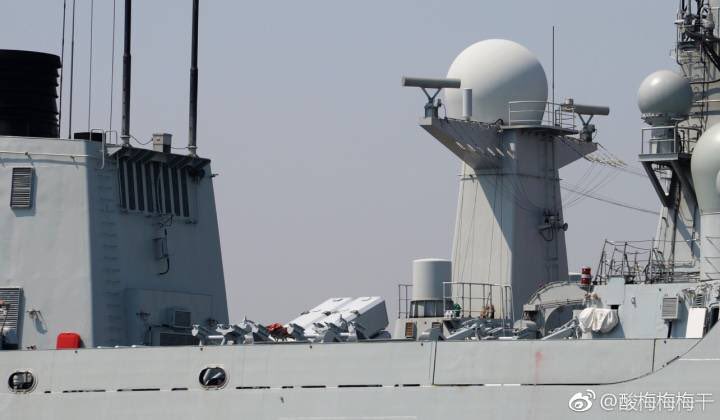
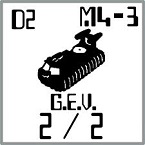


 New Messages
New Messages No New Messages
No New Messages Hot Topic w/ New Messages
Hot Topic w/ New Messages Hot Topic w/o New Messages
Hot Topic w/o New Messages Locked w/ New Messages
Locked w/ New Messages Locked w/o New Messages
Locked w/o New Messages Post New Thread
Post New Thread